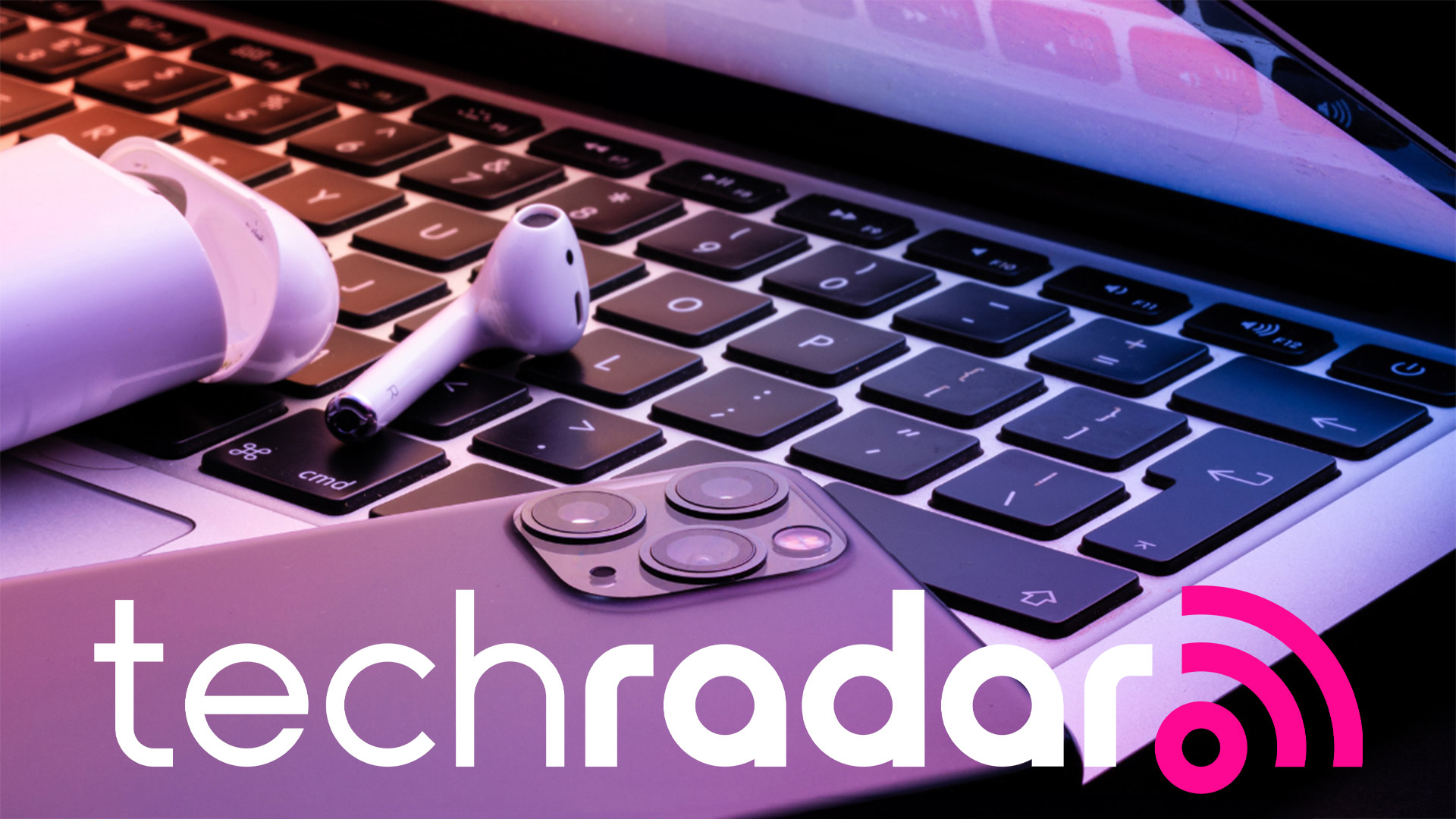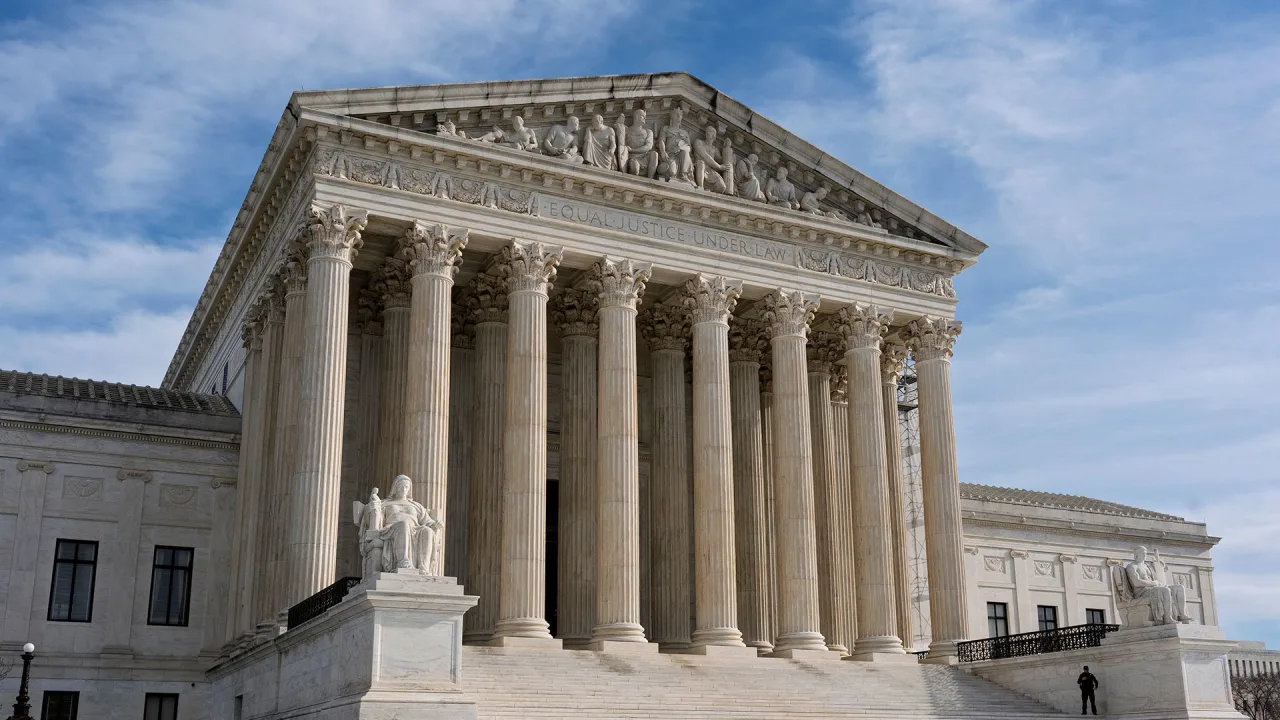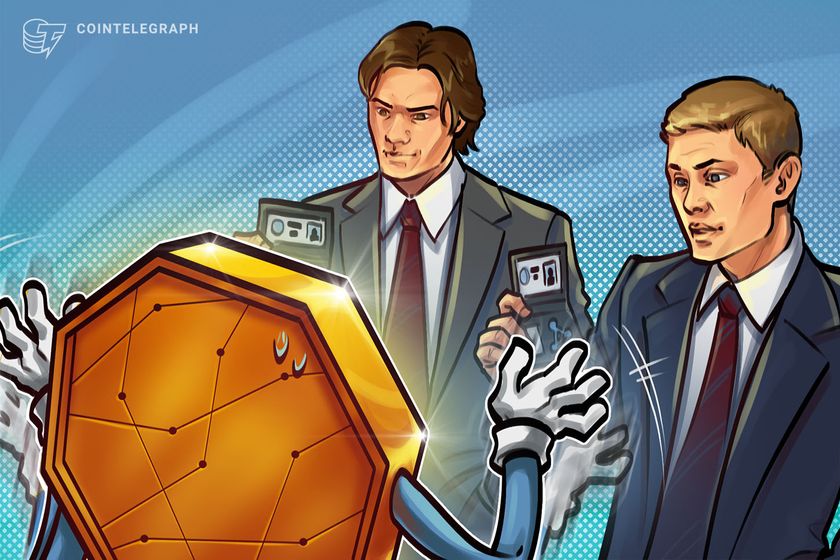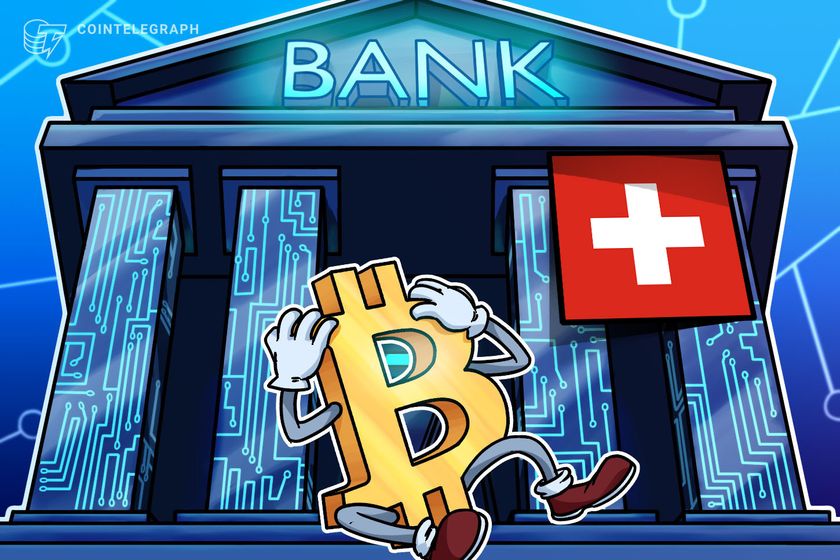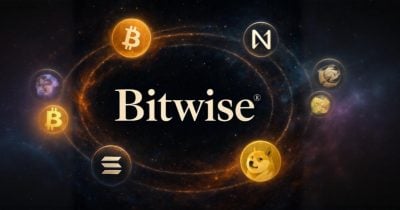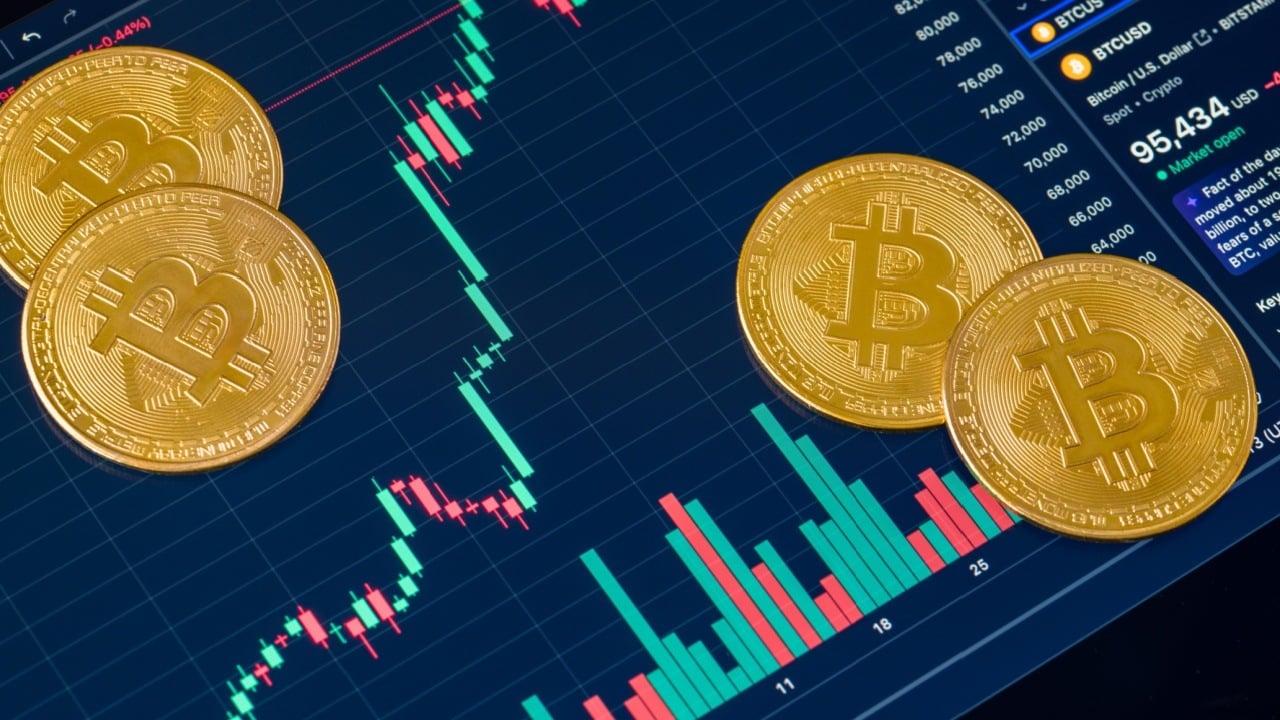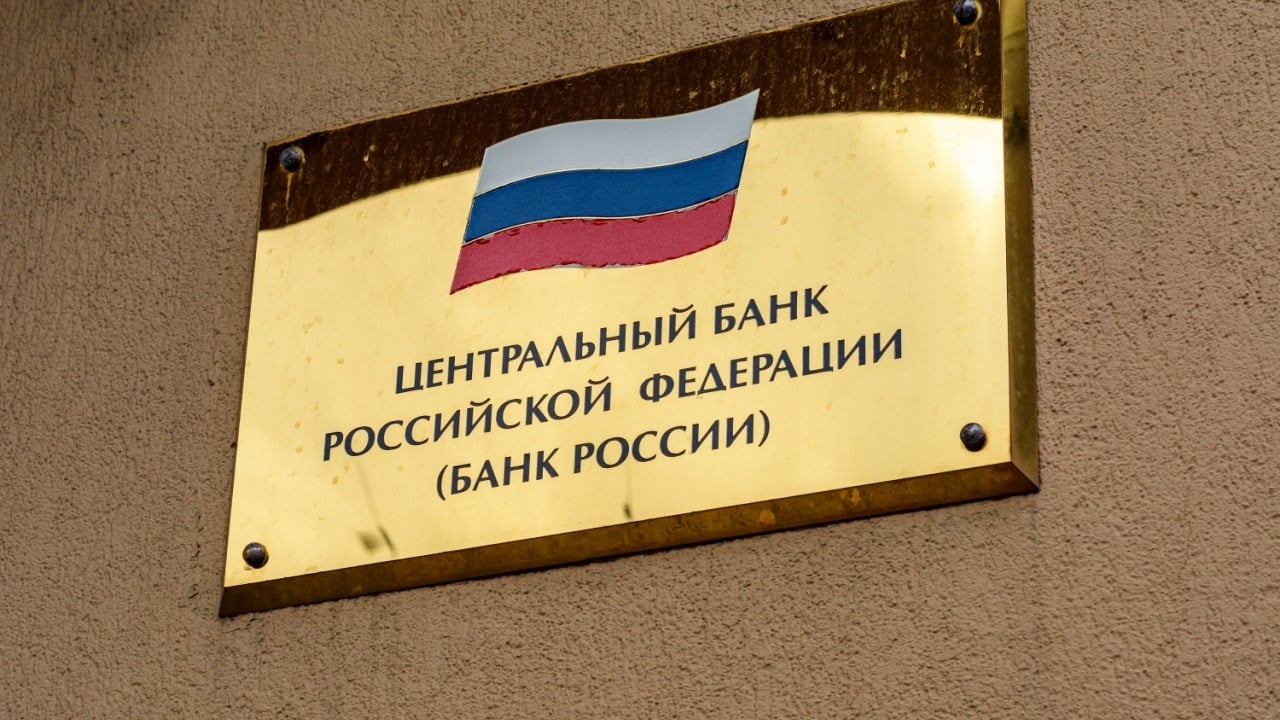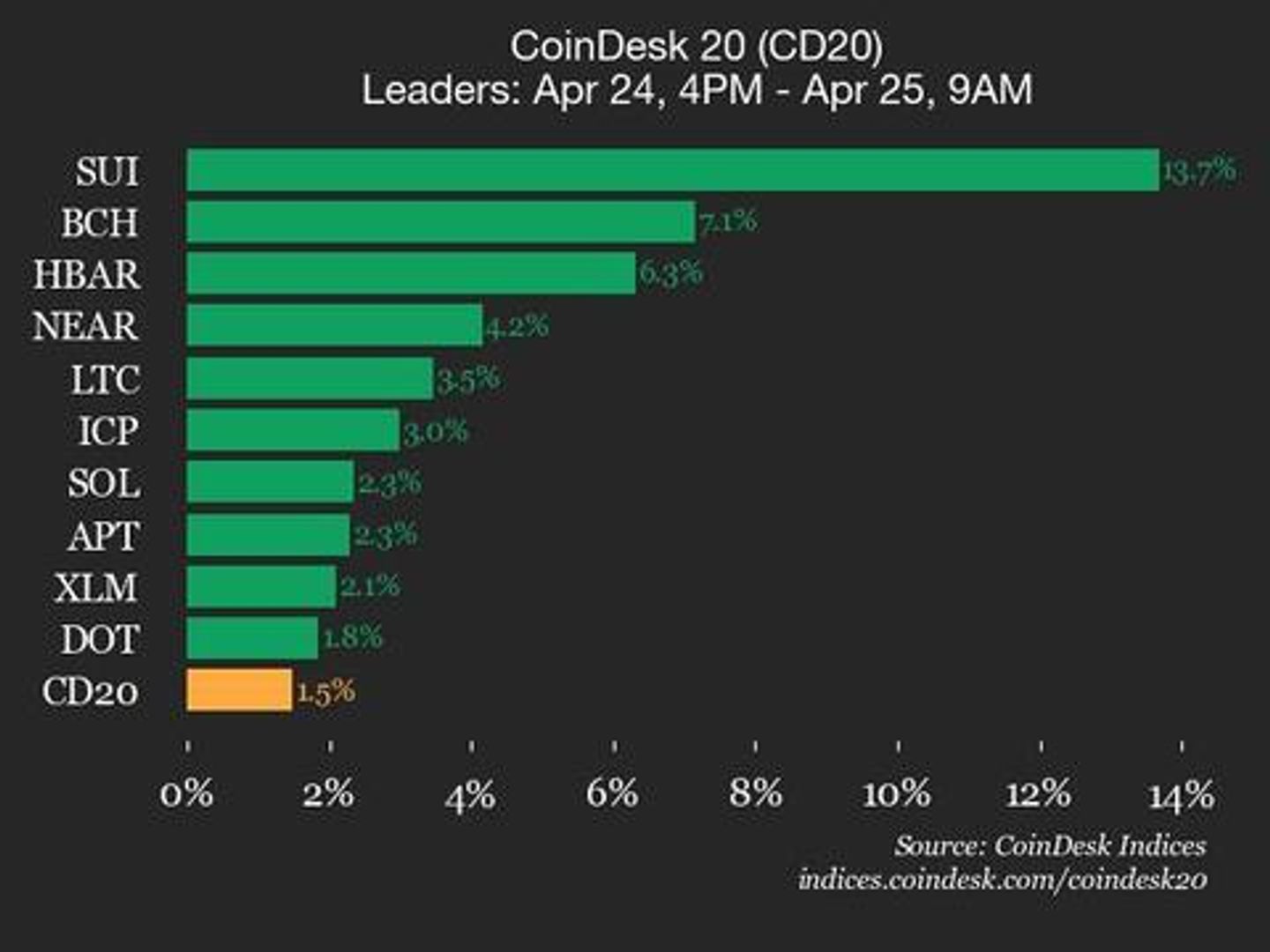Decentralized Governance in Open Source: Bridging Innovation and Community
Abstract Decentralized governance in open source is transforming how software is developed and maintained. By distributing decision-making power among diverse contributors, communities not only enhance innovation but also bolster transparency, resilience, and inclusivity. This post explores the background and core concepts of decentralized governance, reviews real-world applications such as the Linux kernel, Apache and Ethereum, and examines the challenges and future outlook. In doing so, we discuss how trends like blockchain integration, DAOs, and tokenization are paving the way toward a more democratic approach to open source funding and licensing. Introduction Decentralized governance is a revolutionary model in the open source ecosystem. Unlike traditional, centralized systems, it distributes authority among many stakeholders. This approach empowers global contributors to actively shape software projects. The original article, Decentralized Governance in Open Source: Bridging Innovation and Community, highlights how such models promote transparency and equal representation, fostering innovation and community ownership. In today’s fast-changing digital world, understanding decentralized governance is crucial for developers, project maintainers, and investors alike. This post will explore its origins, core features, practical applications, challenges faced, and what the future may hold. Background and Context History of Open Source Open source software (OSS) began as a collaborative effort, where developers shared code under permissive licenses. Early projects like Linux and GNU laid the groundwork for a culture of shared innovation. With its roots grounded in community collaboration, open source evolved over decades to embrace decentralized practices—where no single entity holds all decision-making power. The Evolution Toward Decentralized Governance Decentralized governance extends open source ideals further by: Empowering diverse stakeholders: Every contributor can voice opinions and have a role in decision-making. Increasing resilience: By avoiding reliance on a single leader, projects become more stable. Enhancing transparency: Open processes build trust among participants. Below is a table that compares centralized and decentralized governance models: Aspect Centralized Governance Decentralized Governance Decision-Making Concentrated in one or a small group Distributed among many community members Transparency Often opaque or closed Open processes and discussion visible publicly Innovation May follow a top-down approach Encourages diverse ideas from all contributors Resilience Vulnerable if leaders depart Less risk as responsibilities are shared Community Engagement Limited participation High, with many voices influencing the project This comparison illustrates why decentralized governance is a promising approach in open source communities. Ecosystem and Definitions Key terms include: Open Source Software (OSS): Software with source code that anyone can inspect, modify, and enhance. Decentralized Autonomous Organizations (DAOs): Blockchain-based entities that govern themselves by rules encoded in smart contracts. Tokenization: Converting rights or assets into digital tokens, often used to incentivize and reward contributions. Blockchain technology is increasingly important in this ecosystem, as discussed in Open Source Software and Blockchain Synergies. Core Concepts and Features Decentralized governance harnesses several core principles that distinguish it from conventional models: Transparency and Trust Open Decision Processes: Decisions are made openly, with discussions and votes on proposals accessible to all contributors. Accountability: Clear records of decisions build trust among community members. Inclusivity and Community Empowerment Broad Participation: Every contributor, regardless of their background or location, gets an equal say. Ownership: Contributors feel a stronger connection to projects where they have real influence. Enhanced Innovation Diverse Ideas: A wide range of inputs leads to creative solutions and rapid improvements. Iterative Development: Decisions are reviewed and refined over time, facilitating continuous innovation. Resilience and Sustainability Redundancy in Leadership: The risks posed by the departure of key individuals are minimized. Adaptability: Projects can quickly adjust to new challenges as responsibility is shared across the community. Below is a bullet list summarizing the Key Advantages: Enhanced Inclusivity: More voices and perspectives. Boosted Innovation: Democratized idea sharing. Greater Resilience: Distributed responsibilities and redundancy. Increased Transparency: Open and observable processes. Community Empowerment: Contributors have a long-term stake.
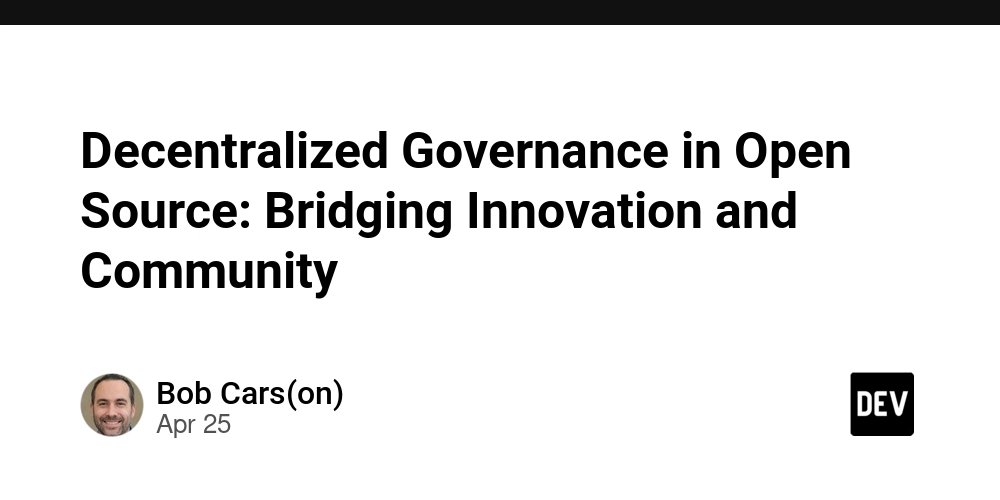
Abstract
Decentralized governance in open source is transforming how software is developed and maintained. By distributing decision-making power among diverse contributors, communities not only enhance innovation but also bolster transparency, resilience, and inclusivity. This post explores the background and core concepts of decentralized governance, reviews real-world applications such as the Linux kernel, Apache and Ethereum, and examines the challenges and future outlook. In doing so, we discuss how trends like blockchain integration, DAOs, and tokenization are paving the way toward a more democratic approach to open source funding and licensing.
Introduction
Decentralized governance is a revolutionary model in the open source ecosystem. Unlike traditional, centralized systems, it distributes authority among many stakeholders. This approach empowers global contributors to actively shape software projects. The original article, Decentralized Governance in Open Source: Bridging Innovation and Community, highlights how such models promote transparency and equal representation, fostering innovation and community ownership.
In today’s fast-changing digital world, understanding decentralized governance is crucial for developers, project maintainers, and investors alike. This post will explore its origins, core features, practical applications, challenges faced, and what the future may hold.
Background and Context
History of Open Source
Open source software (OSS) began as a collaborative effort, where developers shared code under permissive licenses. Early projects like Linux and GNU laid the groundwork for a culture of shared innovation. With its roots grounded in community collaboration, open source evolved over decades to embrace decentralized practices—where no single entity holds all decision-making power.
The Evolution Toward Decentralized Governance
Decentralized governance extends open source ideals further by:
- Empowering diverse stakeholders: Every contributor can voice opinions and have a role in decision-making.
- Increasing resilience: By avoiding reliance on a single leader, projects become more stable.
- Enhancing transparency: Open processes build trust among participants.
Below is a table that compares centralized and decentralized governance models:
| Aspect | Centralized Governance | Decentralized Governance |
|---|---|---|
| Decision-Making | Concentrated in one or a small group | Distributed among many community members |
| Transparency | Often opaque or closed | Open processes and discussion visible publicly |
| Innovation | May follow a top-down approach | Encourages diverse ideas from all contributors |
| Resilience | Vulnerable if leaders depart | Less risk as responsibilities are shared |
| Community Engagement | Limited participation | High, with many voices influencing the project |
This comparison illustrates why decentralized governance is a promising approach in open source communities.
Ecosystem and Definitions
Key terms include:
- Open Source Software (OSS): Software with source code that anyone can inspect, modify, and enhance.
- Decentralized Autonomous Organizations (DAOs): Blockchain-based entities that govern themselves by rules encoded in smart contracts.
- Tokenization: Converting rights or assets into digital tokens, often used to incentivize and reward contributions.
Blockchain technology is increasingly important in this ecosystem, as discussed in Open Source Software and Blockchain Synergies.
Core Concepts and Features
Decentralized governance harnesses several core principles that distinguish it from conventional models:
Transparency and Trust
- Open Decision Processes: Decisions are made openly, with discussions and votes on proposals accessible to all contributors.
- Accountability: Clear records of decisions build trust among community members.
Inclusivity and Community Empowerment
- Broad Participation: Every contributor, regardless of their background or location, gets an equal say.
- Ownership: Contributors feel a stronger connection to projects where they have real influence.
Enhanced Innovation
- Diverse Ideas: A wide range of inputs leads to creative solutions and rapid improvements.
- Iterative Development: Decisions are reviewed and refined over time, facilitating continuous innovation.
Resilience and Sustainability
- Redundancy in Leadership: The risks posed by the departure of key individuals are minimized.
- Adaptability: Projects can quickly adjust to new challenges as responsibility is shared across the community.
Below is a bullet list summarizing the Key Advantages:
- Enhanced Inclusivity: More voices and perspectives.
- Boosted Innovation: Democratized idea sharing.
- Greater Resilience: Distributed responsibilities and redundancy.
- Increased Transparency: Open and observable processes.
- Community Empowerment: Contributors have a long-term stake.
Applications and Use Cases
Decentralized governance does not just remain a theoretical ideal—it has practical applications across various open source projects.
1. The Linux Kernel
The Linux kernel is a prime example of decentralized governance. With thousands of developers contributing worldwide, decisions are formed using meritocratic principles. This method has led to a robust and secure operating system that powers millions of devices.
2. Apache Software Foundation (ASF)
ASF projects adopt a model where each project elects its own Project Management Committee (PMC) to steward development. The ASF is known for its consensus-driven approach which prioritizes community review and collaboration.
3. Ethereum and Blockchain Governance
Ethereum, a leading blockchain platform, employs community-driven initiatives like Ethereum Improvement Proposals (EIPs). These proposals allow contributors to suggest modifications, which the community debates and ultimately adopts. Learn more about how blockchain intersects with open source in Blockchain and Open Source Licensing.
Other Notable Examples
- Decentralized Finance (DeFi) Projects: Many DeFi protocols use decentralized governance to allow token holders to vote on protocol changes.
- DAO-driven Initiatives: Projects utilize DAOs to automate governance rules and ensure transparency through blockchain records.
Challenges and Limitations
Despite its numerous benefits, decentralized governance faces a number of challenges:
- Coordination Complexities: Managing a distributed decision-making process requires efficient communication channels.
- Fragmented Engagement: Not all stakeholders contribute equally. Some may remain passive, which can slow decision-making processes.
- Conflict Resolution: Disputes can arise due to differing opinions. Establishing clear mechanisms for mediation is essential.
- Stakeholder Representation: Ensuring that all voices are equally heard can be difficult, particularly in large, diverse communities.
Below is a bullet list of Key Challenges:
- Coordination: Need for robust communication tools.
- Engagement Variability: Varying levels of active involvement.
- Conflict Management: Potential for disputes without clear resolution frameworks.
- Representation: Ensuring minority voices are not overshadowed.
For further perspectives on open source challenges and funding, check the insightful article Fueling Innovation and Inclusivity: The Role of Open Source Developer Grants and Stipends.
Future Outlook and Innovations
Decentralized governance is evolving rapidly, driven by both technological advancements and shifting community expectations. Below are some trends expected to shape the future:
Blockchain Integration and DAOs
Blockchain technology is set to play an increasingly important role in decentralized governance. DAOs can enhance trust by automating processes and recording every decision on an immutable ledger. New projects like The Future of Open Source with Blockchain Integration show promise in further democratizing decision-making.
Tokenization and Incentive Models
Tokenization can align contributors’ interests with project success. Digital tokens can serve as rewards, enabling sustainable funding models. Such mechanisms are explored in Sustainability of Open Source Through Tokenization.
Interoperability Between Communities
The future may see more interconnected governance models, where decisions in one project influence or integrate with those of other projects. Platforms like Ethereum and emerging multi-chain solutions offer a blueprint for more seamless integrations.
Enhanced Conflict Resolution Mechanisms
Innovations in online collaboration tools and blockchain-based voting systems will likely address conflicts more effectively. By integrating transparent, automated dispute resolution, communities can maintain momentum even during disagreements.
For more insights on open source innovation and funding, explore Empowering Innovation: The Role of Open Source Project Funding Platforms.
Summary
Decentralized governance is at the heart of a new era in open source. By distributing decision-making across a global community, projects become more innovative, resilient, and transparent. Throughout this post, we have discussed how decentralized governance works, its key advantages, real-world use cases, and the challenges that must be overcome. As blockchain technology and DAOs continue to evolve, decentralized models are set to revolutionize project funding, licensing, and community engagement.
Key Takeaways
- Decentralized governance empowers communities by distributing decision-making.
- Transparency and inclusivity lead to enhanced innovation and resilience.
- Practical applications can be seen in projects like the Linux kernel, Apache, and Ethereum.
- Future trends include blockchain integration, tokenization, and improved conflict resolution.
For further reading, please refer to these authoritative resources:
- Decentralized Governance in Open Source: Bridging Innovation and Community
- Open Source Software and Blockchain Synergies
- Blockchain and Open Source Licensing
- The Future of Open Source with Blockchain Integration
- Sustainability of Open Source Through Tokenization
- Linux Kernel
- Apache Software Foundation
- Ethereum
Also, check out some related discussions on Dev.to:
- Fueling Innovation and Inclusivity: The Role of Open Source Developer Grants and Stipends
- Empowering Innovation: The Role of Open Source Project Funding Platforms
- Exploring the Enduring Legacy of the BSD 3-Clause License
In conclusion, decentralized governance is more than just a trend—it is a fundamental shift in how software communities build, innovate, and thrive. As more projects adopt these models, the open source world will continue to benefit from collaboration, transparency, and enhanced community ownership.
Join the movement, contribute actively, and help shape the future of technology through decentralized open source governance.


















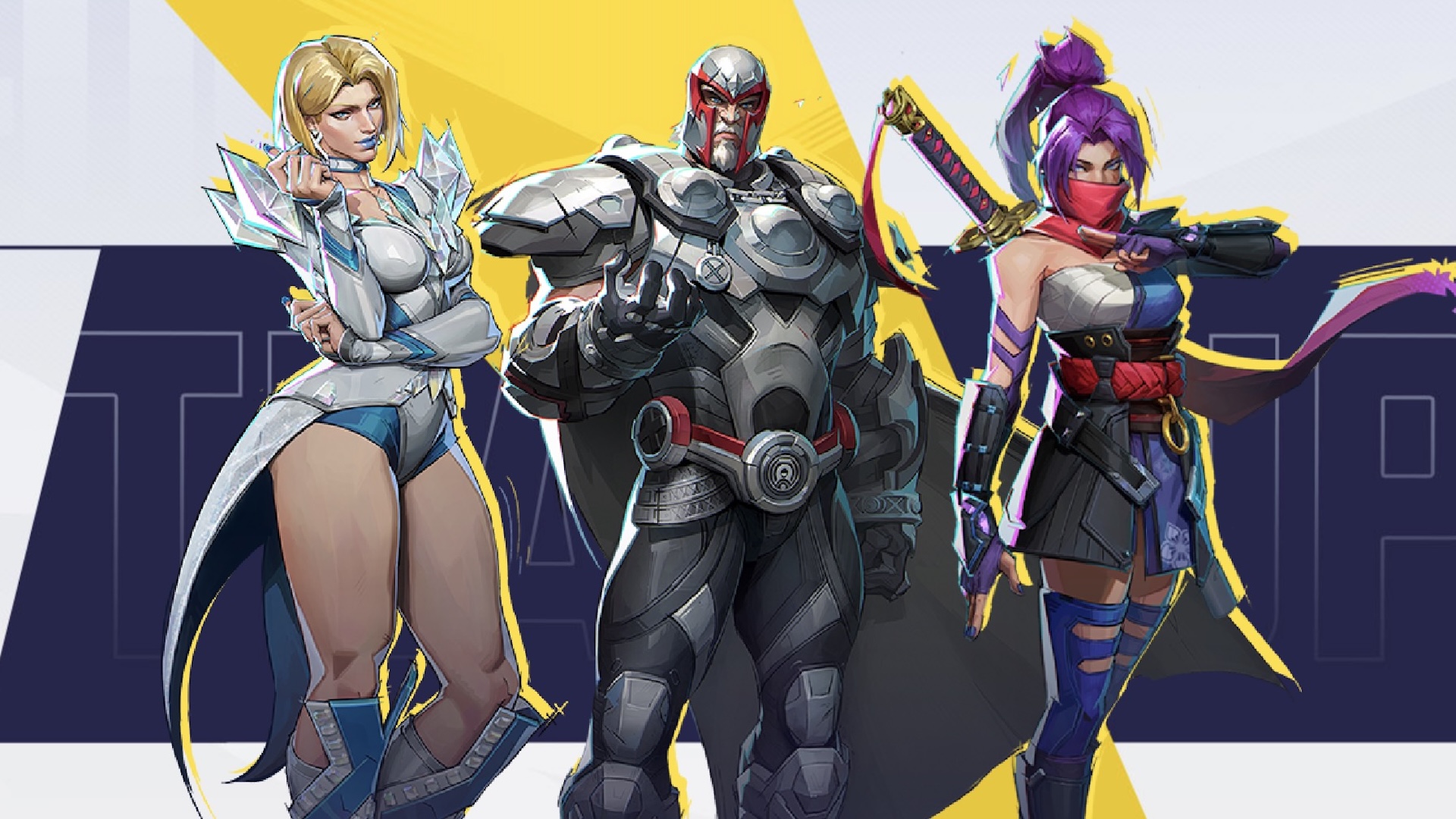
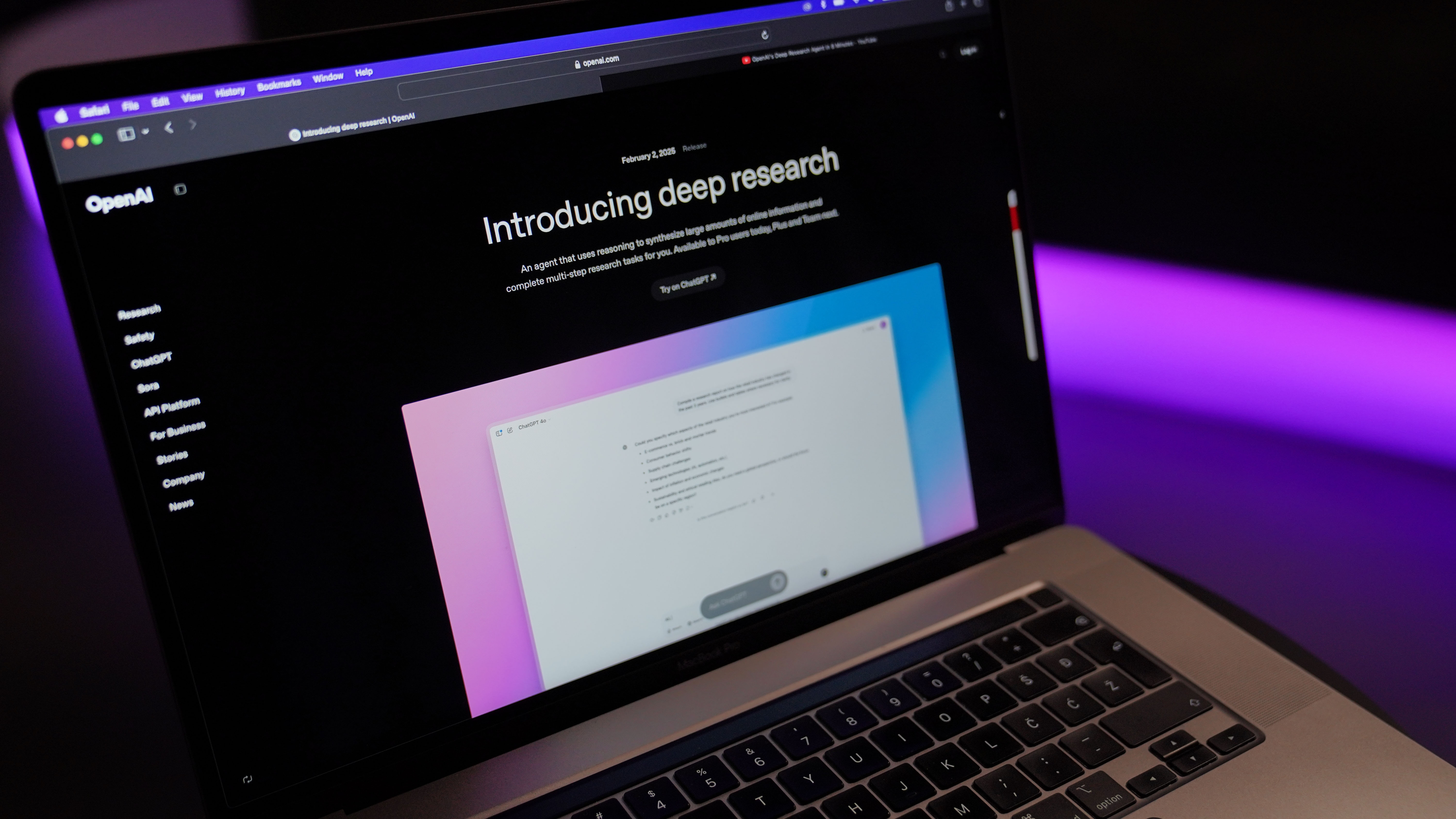

















































































































































![[The AI Show Episode 144]: ChatGPT’s New Memory, Shopify CEO’s Leaked “AI First” Memo, Google Cloud Next Releases, o3 and o4-mini Coming Soon & Llama 4’s Rocky Launch](https://www.marketingaiinstitute.com/hubfs/ep%20144%20cover.png)























































































































































































.jpg?width=1920&height=1920&fit=bounds&quality=70&format=jpg&auto=webp#)























































































_Olekcii_Mach_Alamy.jpg?width=1280&auto=webp&quality=80&disable=upscale#)








































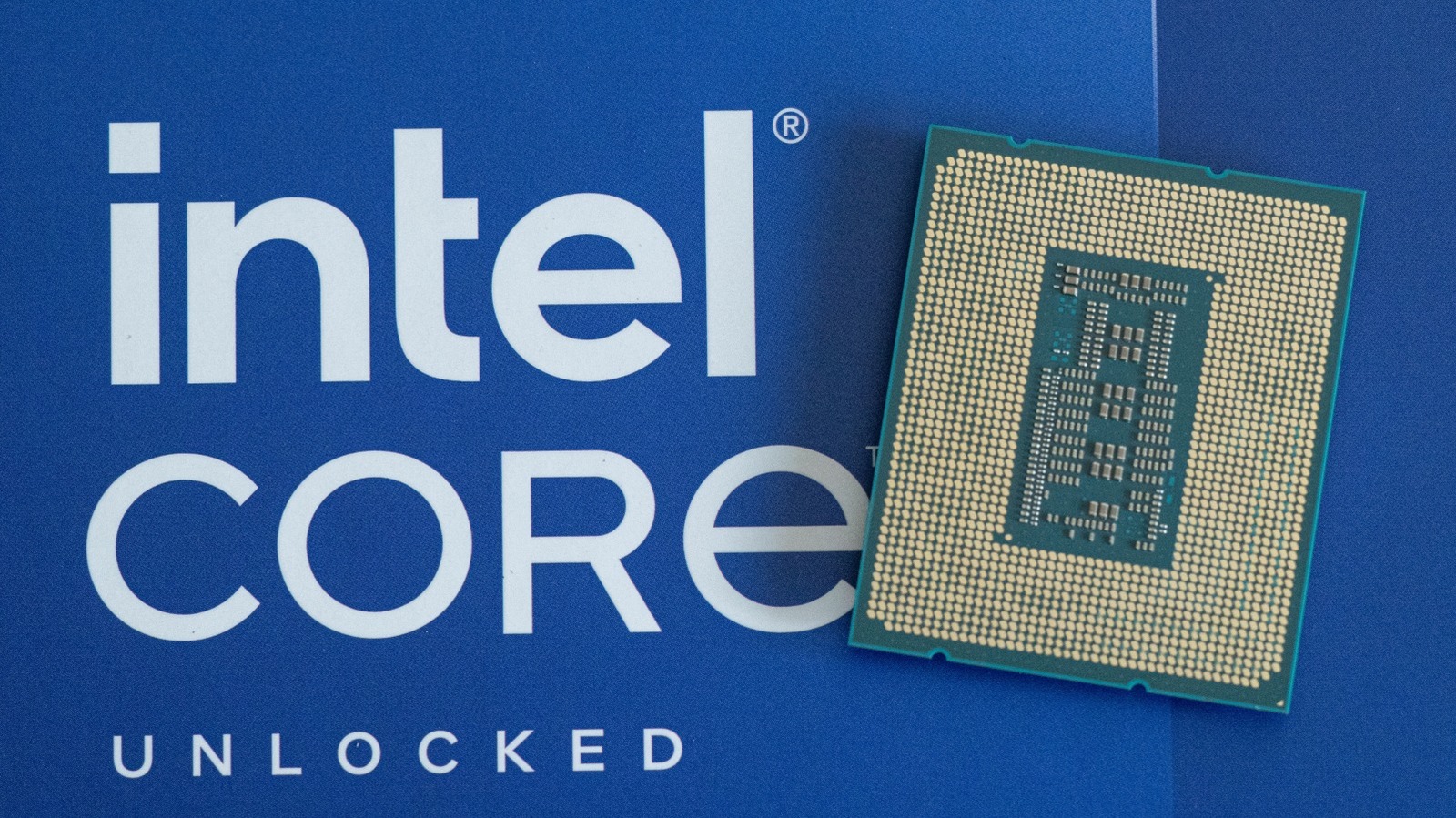





































































![Most iPhones Sold in the U.S. Will Be Made in India by 2026 [Report]](https://www.iclarified.com/images/news/97130/97130/97130-640.jpg)
![Apple to Shift Robotics Unit From AI Division to Hardware Engineering [Report]](https://www.iclarified.com/images/news/97128/97128/97128-640.jpg)

![Apple Shares New Ad for iPhone 16: 'Trust Issues' [Video]](https://www.iclarified.com/images/news/97125/97125/97125-640.jpg)

















